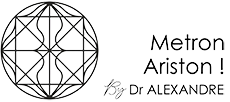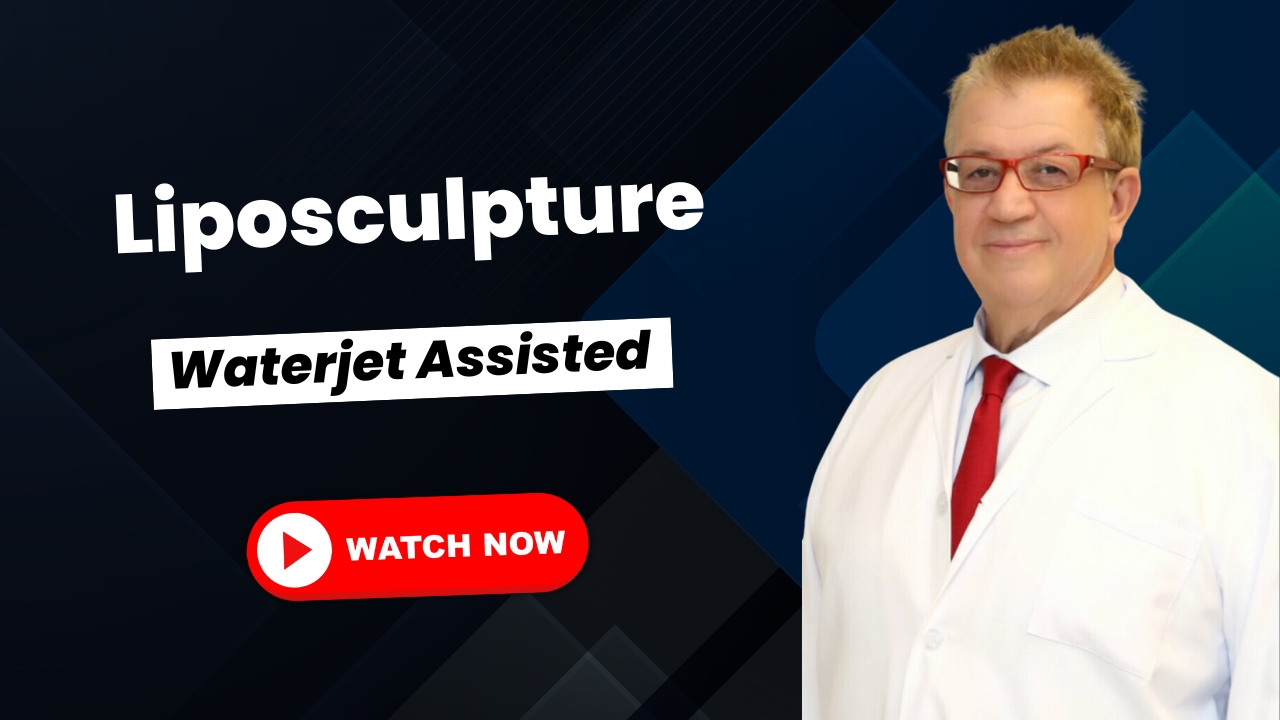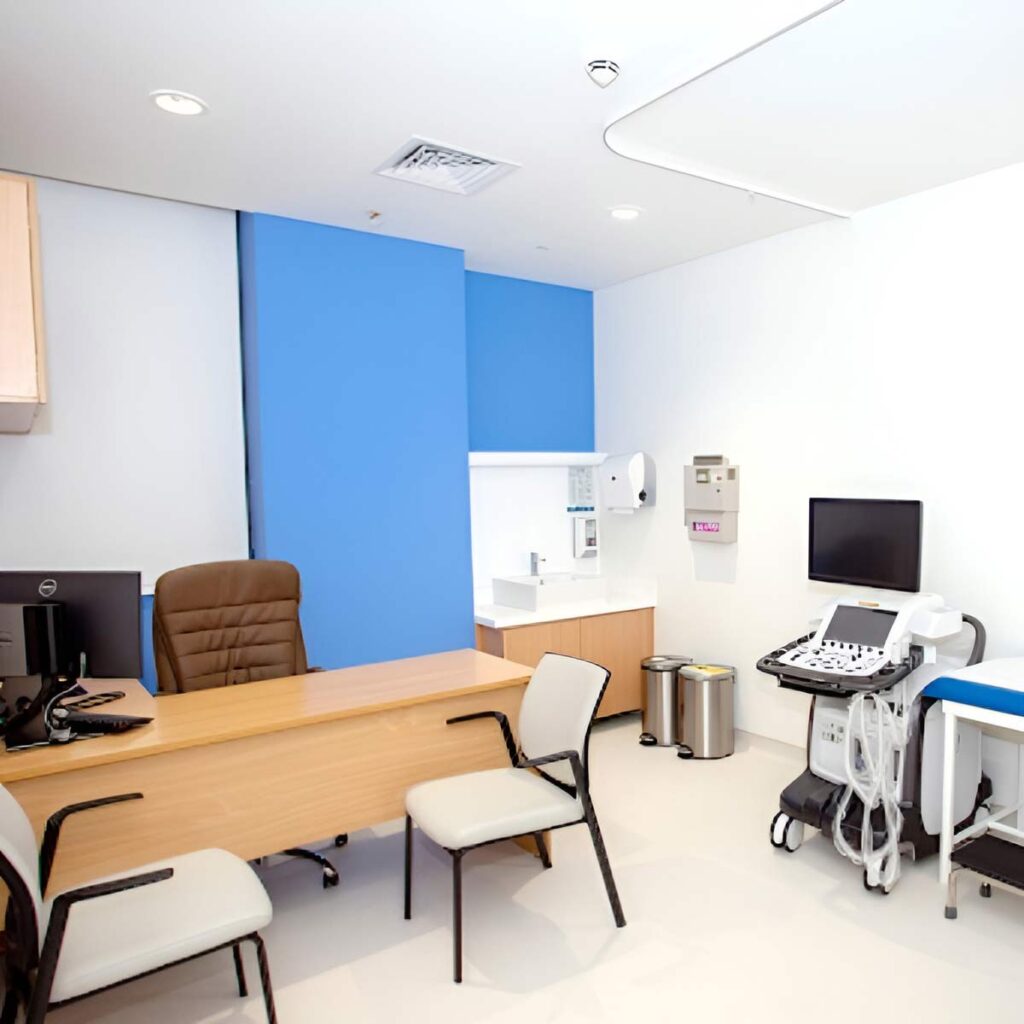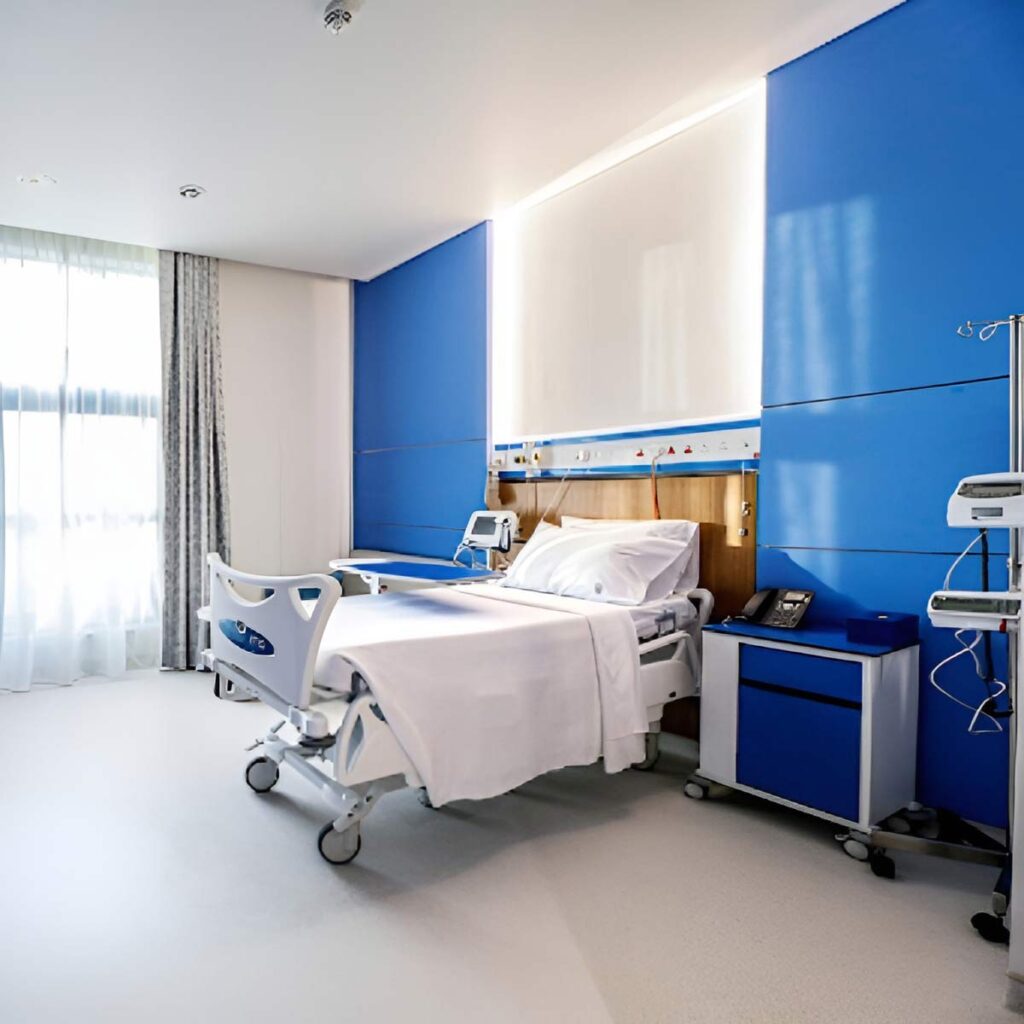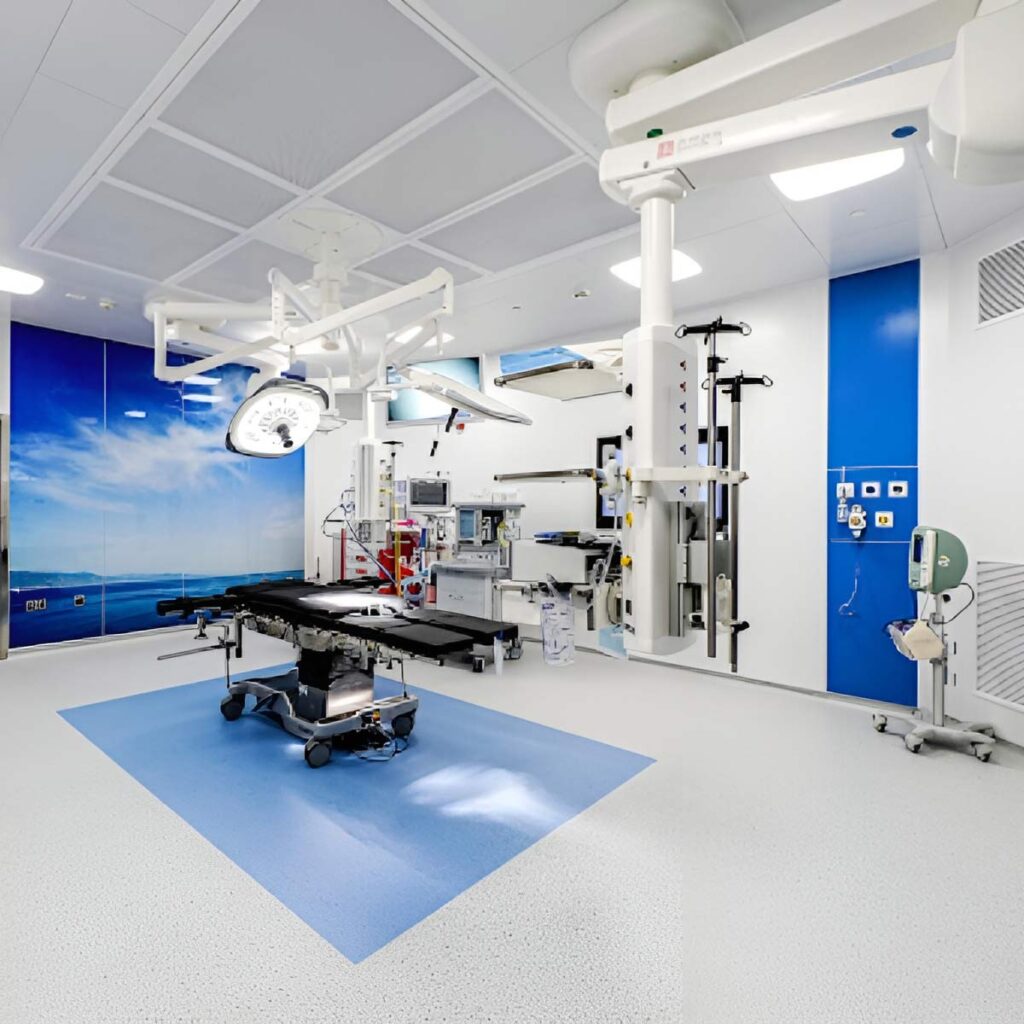Liposculpture In Dubai
What Is Liposculpture?
Liposculpture is an advanced form of liposuction that offers more than just fat removal. It artfully contours and sculpts the body to achieve an aesthetically pleasing shape. This technique stands out for its precision in fat extraction, facilitating detailed body sculpting. Ideal for those seeking specific, targeted contouring, it offers unparalleled accuracy.
Dr. Alexandre Dionys has pioneered the groundbreaking SLIT (Superior Liposculpture & Intensive Tightening) technique, a major innovation in aesthetic surgery. This unique procedure, developed by Dr. Dionys, enhances traditional liposculpture by combining superior sculpting with intensive skin tightening, thereby redefining the standards in the field.
Book A Free Consultation
Dr. Alexandre Dionys M.d., Ph.d.
Book A Free Consultation
Who is the right candidate for Liposculpture?
Our approach is tailored to each client, ensuring optimal results for those committed to maintaining a stable weight post-procedure. If you’re facing challenges with overweight or obesity, liposculpture might offer the transformation you’ve been seeking.
Preparing For Liposculpture
Begin your liposculpture journey with Dr. Alexandre, who will evaluate your health and goals to craft a personalized plan. Understanding the process and preparing accordingly, especially if you’re managing overweight or obesity issues, is essential for optimal results. Here are some key points to help you prepare for the liposculpture procedure.
Hospital Facilities
Our state-of-the-art facilities are designed for premium plastic surgery services, making use of advanced technologies and enabling the application of innovative techniques.
Our patients benefit from the latest advancements in aesthetic surgery procedures, which ensure minimal downtime and optimal results.
Our facilities are equipped with cutting-edge technologies and provide a comforting environment, focusing on delivering not just transformative plastic surgery solutions but also a superior patient experience. The dedicated staff, from doctors to support personnel, is committed to maintaining the highest standards of patient care, making Dr. Alexandre a top choice for high-quality plastic surgery services in a sophisticated setting.
Why Choose Dr. Alexandre?
Dr. Alexandre Dionys is a renowned Plastic Surgeon with over 30 years of experience and more than 15,000 aesthetic surgeries performed. He is a global pioneer in advanced Body Contouring and Facial Plastic Surgery. His academic excellence, evidenced by 500+ research publications and over 1000 scientific citations, establishes him as a leader in his field. Choosing Dr. Dionys for plastic surgery ensures you receive care from a highly skilled and experienced surgeon, minimizing the risk of complications and unsatisfactory results. His unparalleled surgical skill and innovative techniques guarantee transformative and safe outcomes. Book a free consultation with Dr. Alexandre Dionys to achieve the body contouring results you desire.

Inspiring Confidence
Our Liposcupture Services
Liposculpture
As soon as the first liposuction techniques were invented, plastic surgeons realized that the extracted fat could be re-injected elsewhere in the body, acting as a filler. Autologous fat injection, known as lipofilling or liposculpture, initially faced challenges as the re-injected fat was often reabsorbed, leading to unpredictable and short-lived results. However, from 1995 onwards, liposculpture surgery became highly reliable. This technique involves autografting fat cells harvested from the patient, providing predictable and lasting outcomes under various indications. Liposculpture Dubai offers advanced body contouring techniques to help patients achieve a more defined and aesthetically pleasing physique.

